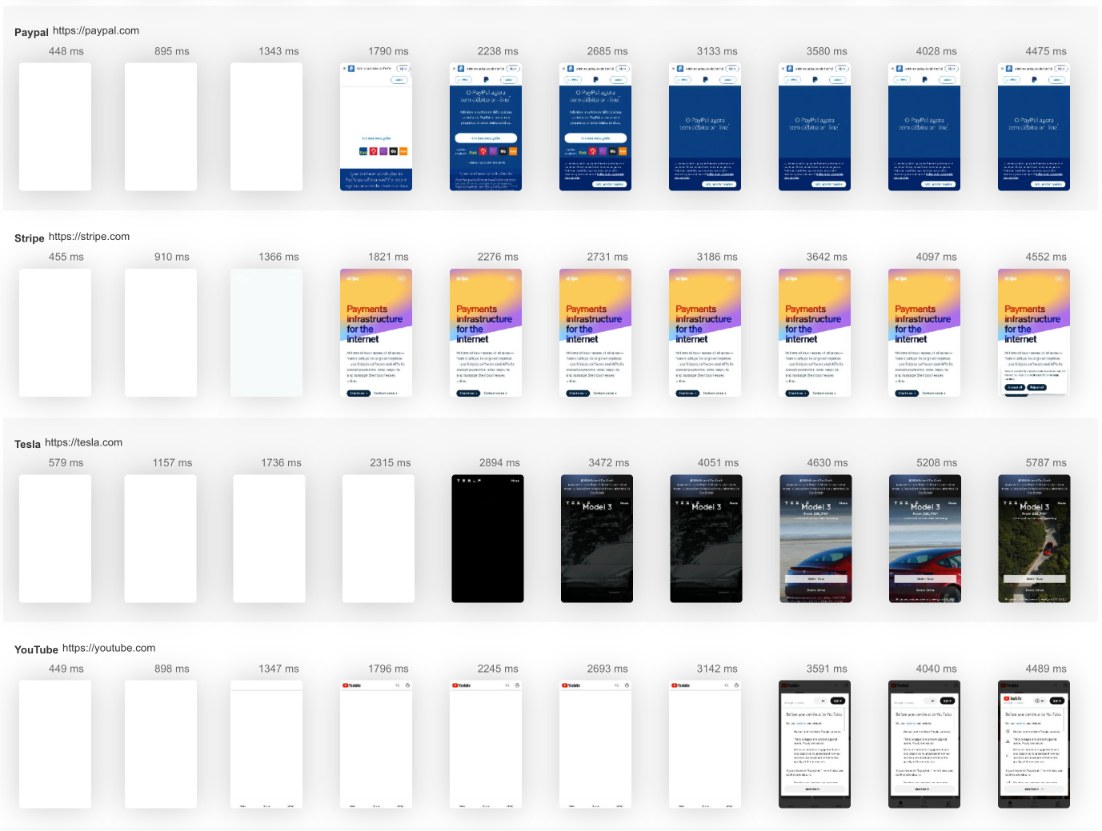Whatagraph Alternative
Looking for a Whatagraph alternative? This guide shows how PostNext surpasses Whatagraph with AI-powered insights, automated reporting, evergreen scheduling, and collaborative workflows that link analytics directly to execution.
Why PostNext is a Valid Whatagraph Alternative
Whatagraph is a reporting tool widely used by agencies and marketing teams to automate data collection and create visually appealing reports. It consolidates analytics from multiple sources into customizable templates, making client reporting more efficient. While Whatagraph excels at simplifying reporting, it does not provide advanced scheduling, automation, or AI-driven recommendations. PostNext builds on reporting strengths but goes further by integrating analytics with AI insights, evergreen automation, content creation, and collaboration workflows, making it a more complete alternative for teams that need to both measure and act.
Analytics and Reporting Capabilities
Cross-Platform Dashboards
Whatagraph aggregates data from sources like Google Analytics, Facebook Ads, and social media channels into unified reports. PostNext matches this but also adds direct integrations with emerging platforms such as TikTok, YouTube, Threads, Bluesky, Mastodon, and Google Business. This ensures reporting remains relevant and comprehensive across new networks.
ROI and Conversion Metrics
Whatagraph specializes in visualizing campaign performance but doesn’t tie results to ROI. PostNext incorporates ROI tracking and conversion analytics, linking engagement and reach back to tangible business outcomes such as leads and sales.
AI-Driven Insights
From Data to Recommendations
Whatagraph presents data clearly but leaves interpretation to the user. PostNext integrates AI that turns raw data into actionable recommendations, such as identifying the best-performing content types, suggesting posting frequencies, or flagging campaigns that underdeliver.
Predictive Forecasting
While Whatagraph focuses on historical reporting, PostNext includes predictive analytics to forecast future engagement trends and audience growth. This helps teams anticipate results instead of reacting only to past data.
Scheduling and Automation
Evergreen Queues
Whatagraph is a reporting-only platform. PostNext enhances analytics with evergreen content recycling, automatically reusing top-performing posts to maximize impact while reducing manual work.
AI-Powered Timing
PostNext leverages analytics feedback to recommend and automate optimal posting times across channels. Whatagraph surfaces campaign data but does not connect it directly to scheduling actions.
Collaboration and Workflow
Client-Friendly Reports
Whatagraph is designed for agencies that need white-label client reports. PostNext matches this but integrates reporting with collaboration features such as approval workflows, role-based permissions, and shared dashboards, creating a unified space for analytics and execution.
Dynamic Collaboration
PostNext supports real-time editing, inline feedback, and integrations with Slack, Asana, and Trello, ensuring insights can be shared and acted on seamlessly. Whatagraph focuses on delivering static reports rather than enabling interactive collaboration.
Creative and Asset Management
Turning Insights into Action
Whatagraph stops at analytics visualization. PostNext includes media libraries (Unsplash, Pexels, Pixabay) and AI-driven content creation tools, enabling teams to create or adjust posts immediately based on insights.
Content Versioning
PostNext supports version control and A/B testing tied directly to analytics dashboards, ensuring reporting informs experimentation. Whatagraph does not support iterative content workflows.
Integrations and Ecosystem
Broader Workflow Alignment
Whatagraph integrates with many data sources for reporting. PostNext expands integrations to include CRMs, BI platforms, and project management tools, ensuring analytics connect with broader business goals and workflows.
Future-Proof Platform Support
PostNext continuously adds support for emerging platforms like Threads and Mastodon, ensuring its analytics ecosystem evolves alongside the social media landscape. Whatagraph is slower to adapt to niche or fast-growing networks.
PostNext vs Whatagraph: Who Should Choose Which?
Whatagraph is a good choice for agencies seeking automated, visually attractive client reports. However, for teams that want to go beyond reporting and connect analytics with execution through AI, scheduling, and collaboration, PostNext is the stronger alternative. It reduces the need for multiple tools by merging reporting and automation into one platform.
FAQ on PostNext vs Whatagraph
What makes PostNext better for analytics?
PostNext goes beyond data visualization by offering ROI tracking, AI-powered recommendations, and predictive insights, while Whatagraph focuses on templated reporting.
Does PostNext include scheduling?
Yes. PostNext combines analytics with evergreen scheduling and AI-powered timing, while Whatagraph is limited to reporting.
Is PostNext stronger for agencies?
Yes. PostNext matches Whatagraph’s client reporting but adds shared dashboards, approval workflows, and collaboration tools.
Does PostNext support more platforms?
Absolutely. PostNext includes TikTok, YouTube, Threads, Bluesky, Mastodon, and Google Business alongside the main networks Whatagraph covers.
Can PostNext replace Whatagraph?
Yes. PostNext provides reporting like Whatagraph but also includes automation, AI insights, and collaboration, making it a complete replacement and upgrade.
Ultimately, PostNext is not just a Whatagraph alternative — it’s a next-generation platform that transforms analytics into execution with automation and collaboration. To explore more, visit PostNext.
PostNext is your all-in-one social hub to schedule, publish, and analyze content on Instagram, TikTok, X, LinkedIn, Facebook, Pinterest, and more—without the tab chaos.Start 7-day free trial→
